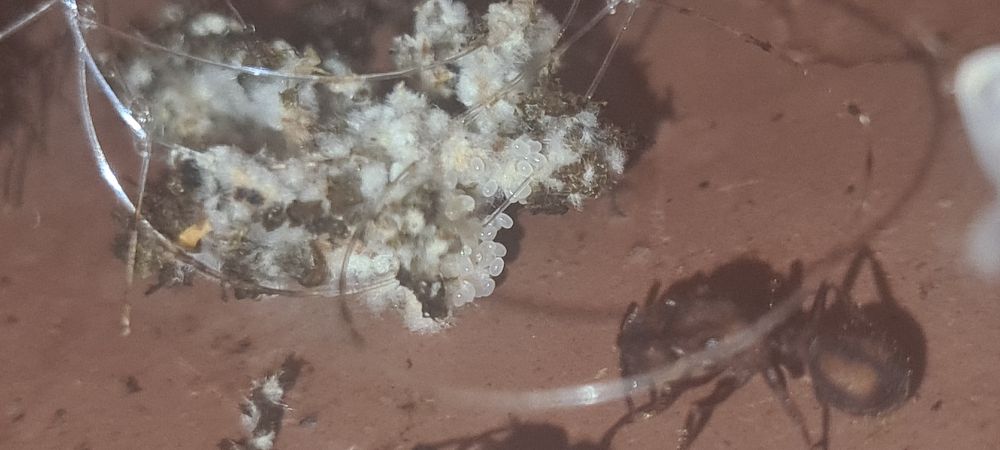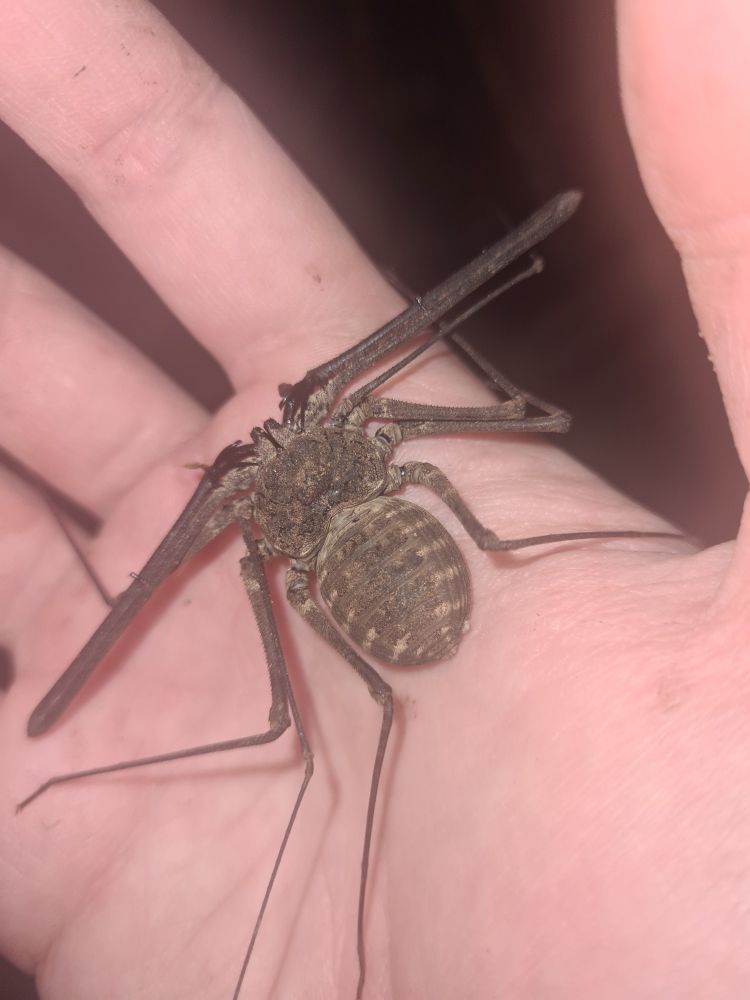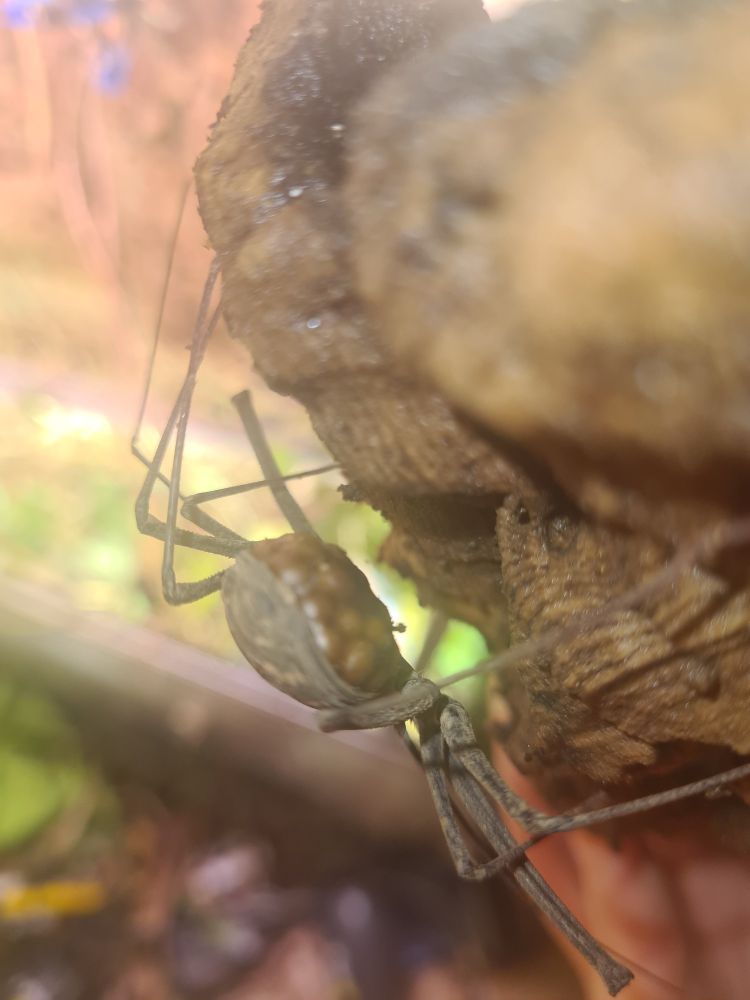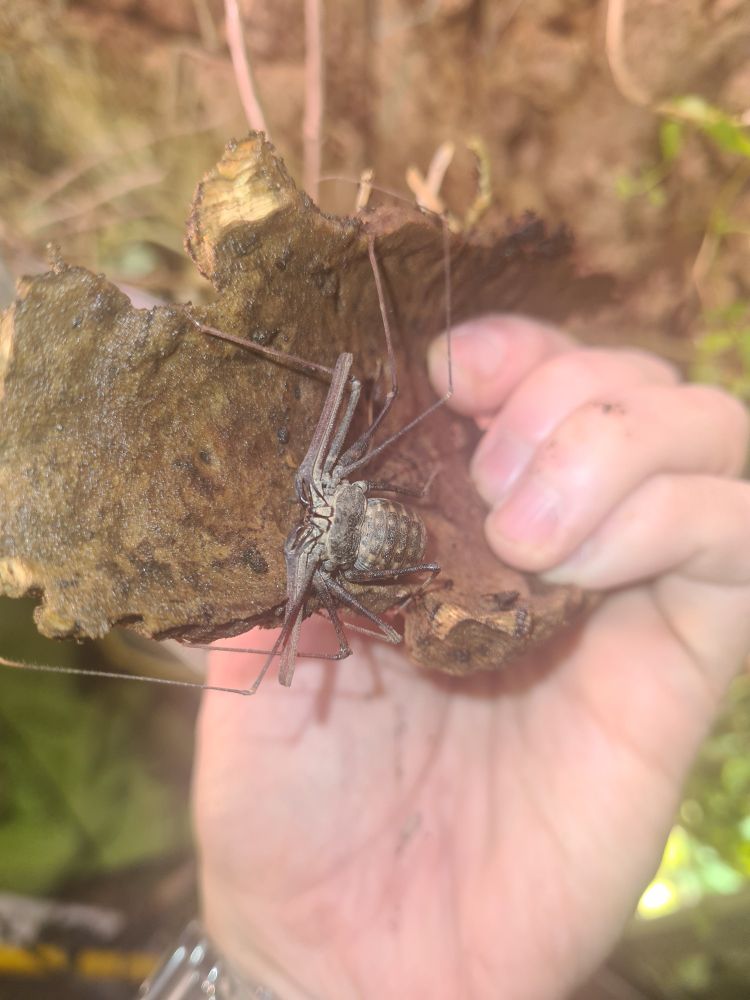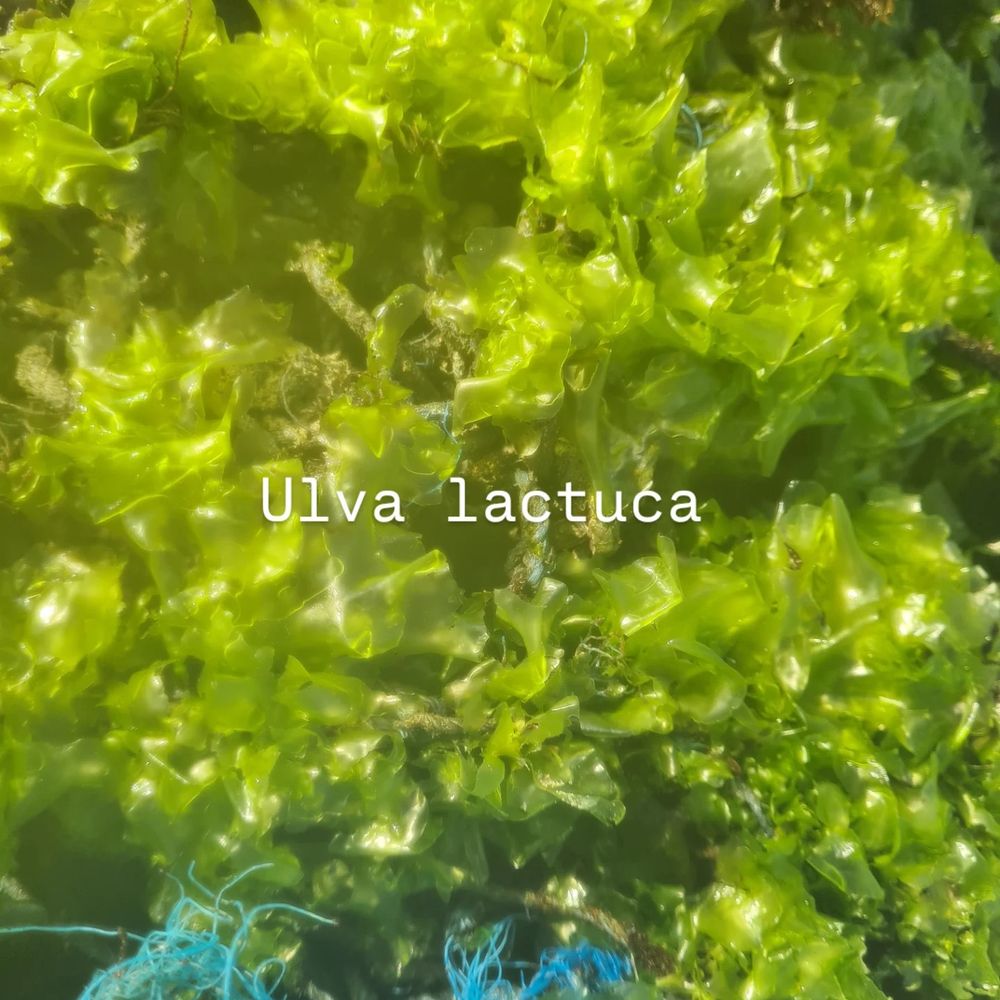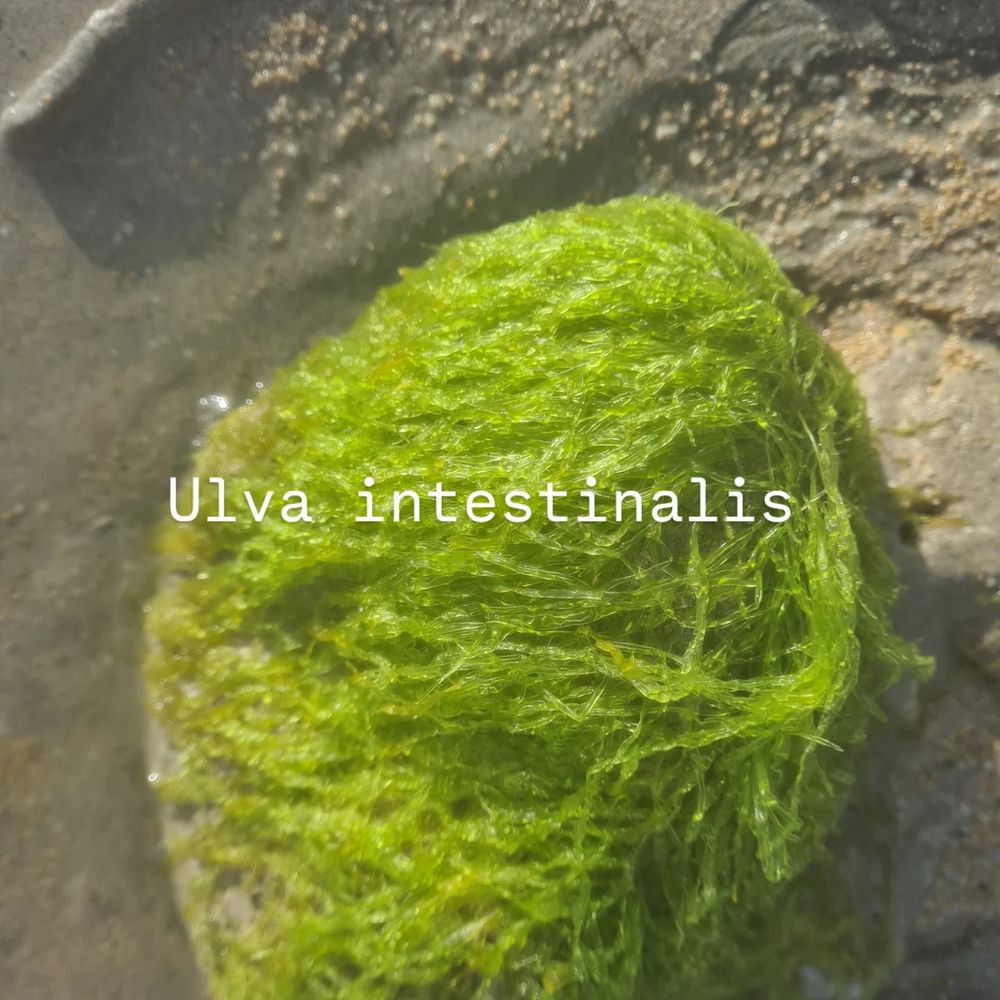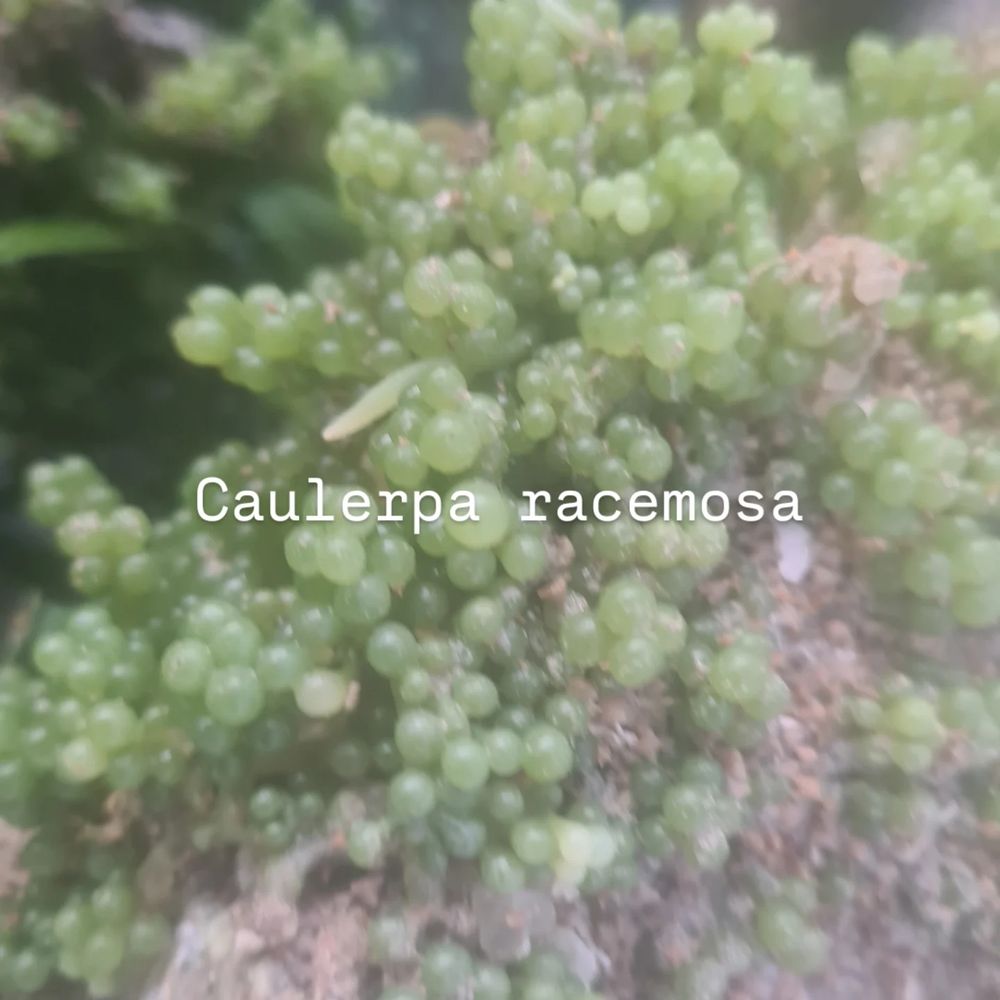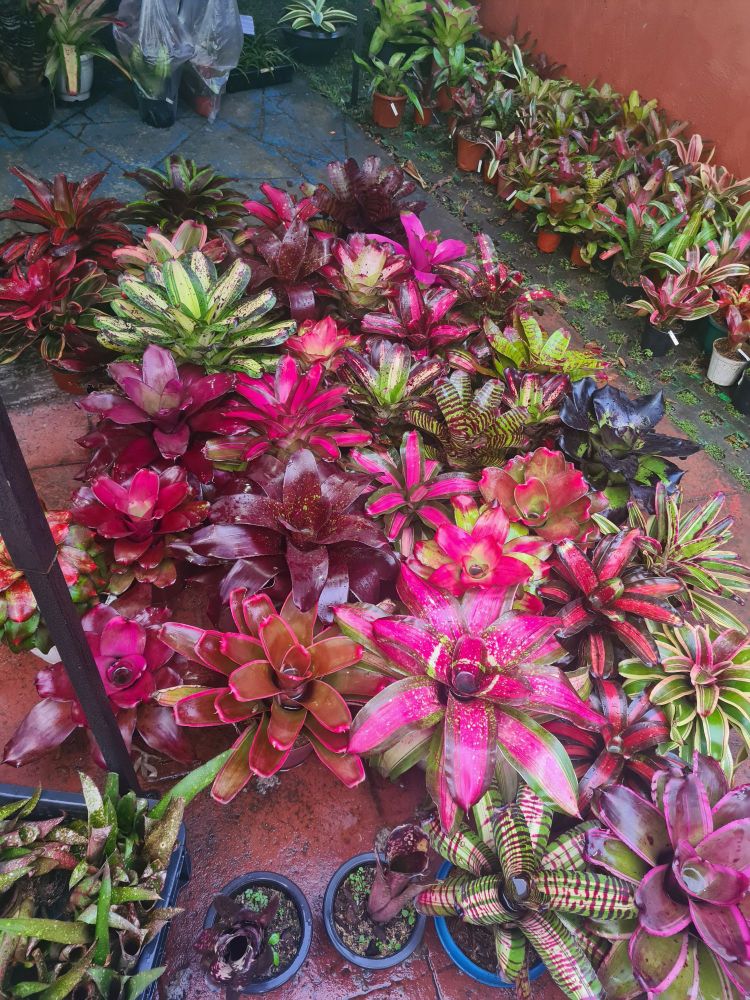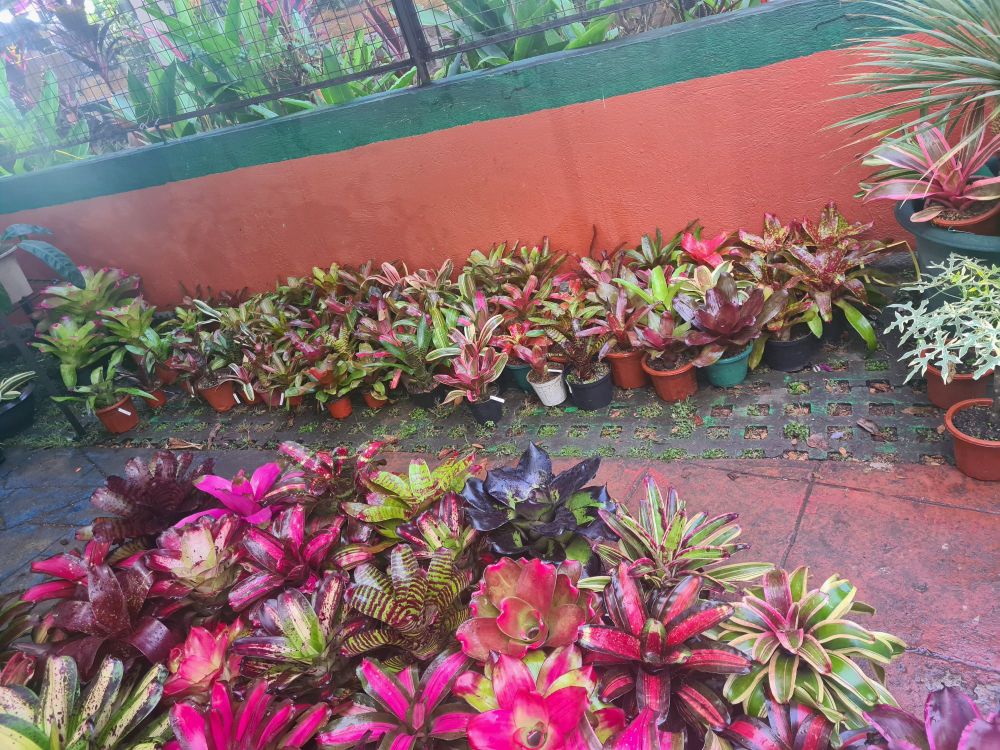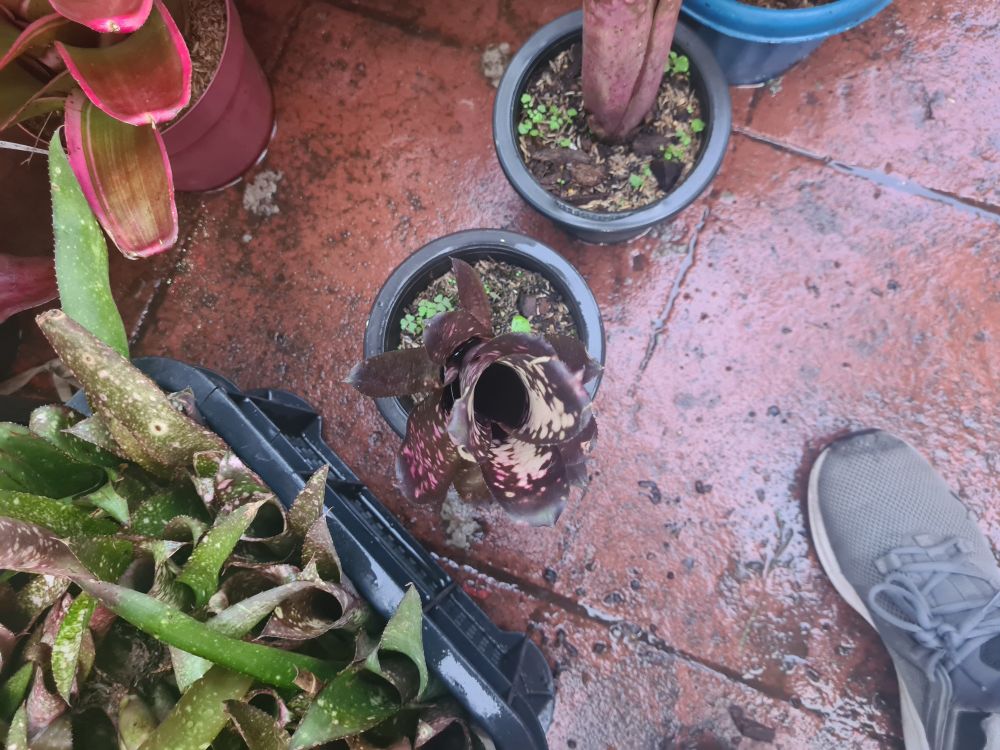
Animal caretaker at Max-Planck Institute of Animal behavior and University of Konstanz.
Living in Symbiosis with the cyanobacteria Anabaena azollae, this floating fern has the highest nitrogen fixation rate of any plant. Much higher than legumes.
Atleast it does seem to house a great amount of filamentous cyanobacteria containing heterocysts for nitrogen fixation

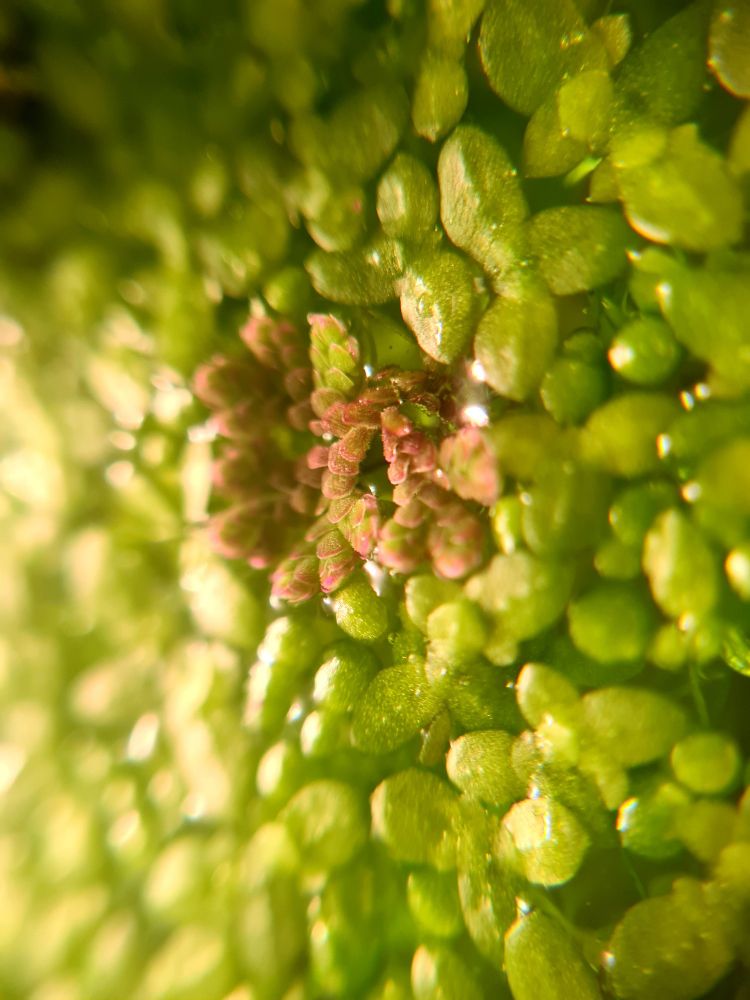

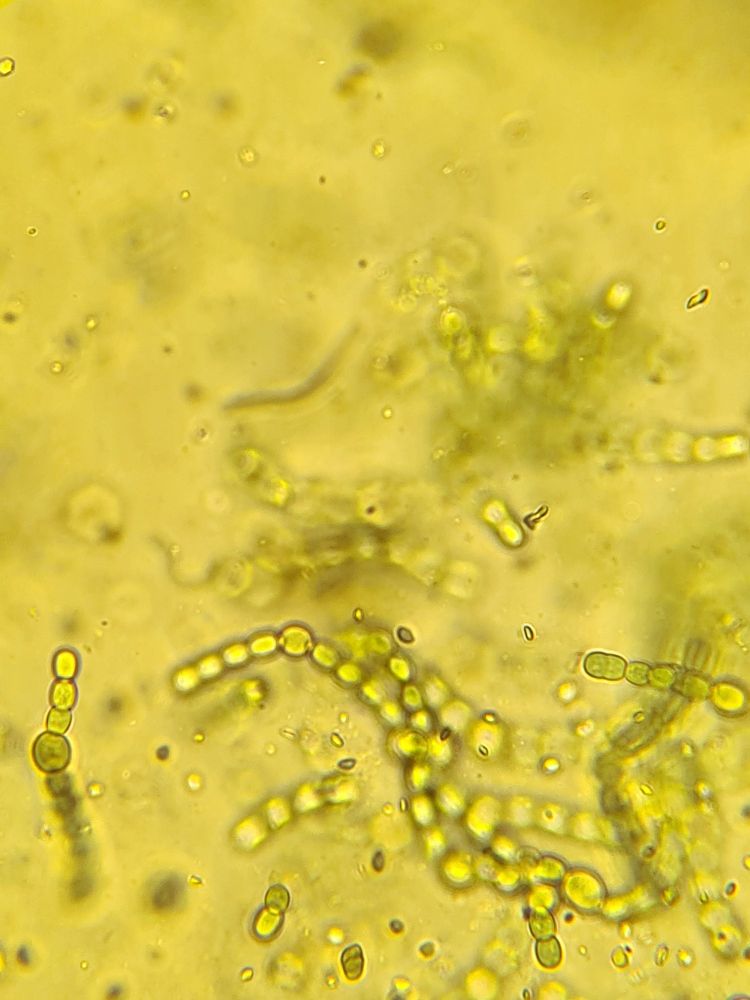
Living in Symbiosis with the cyanobacteria Anabaena azollae, this floating fern has the highest nitrogen fixation rate of any plant. Much higher than legumes.
Atleast it does seem to house a great amount of filamentous cyanobacteria containing heterocysts for nitrogen fixation
Found in the philippines
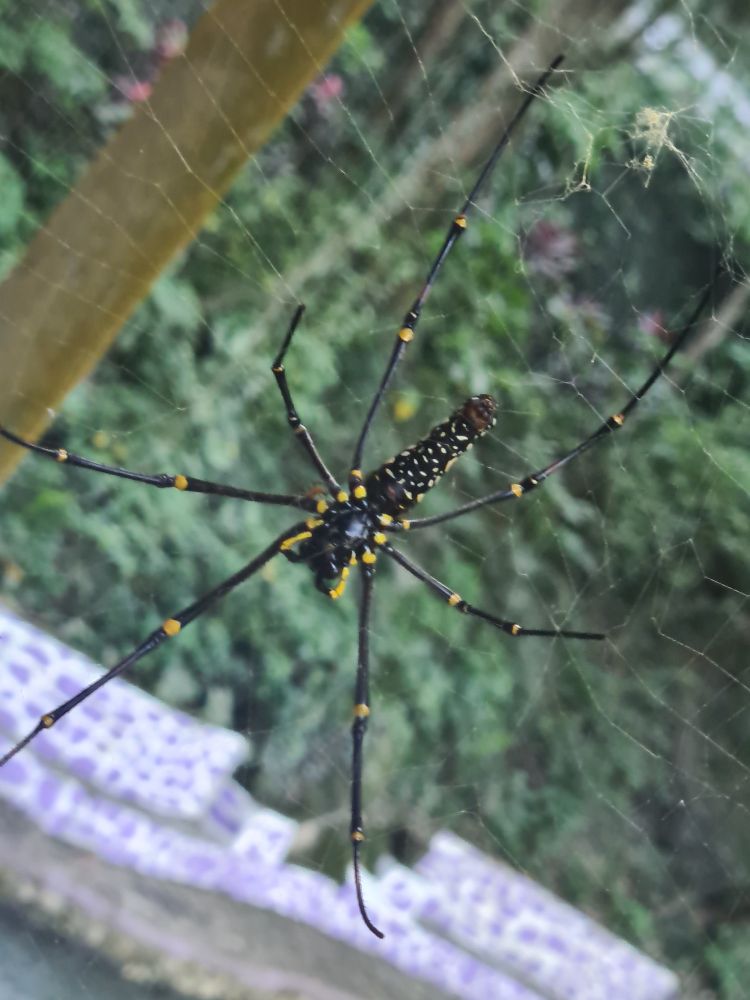

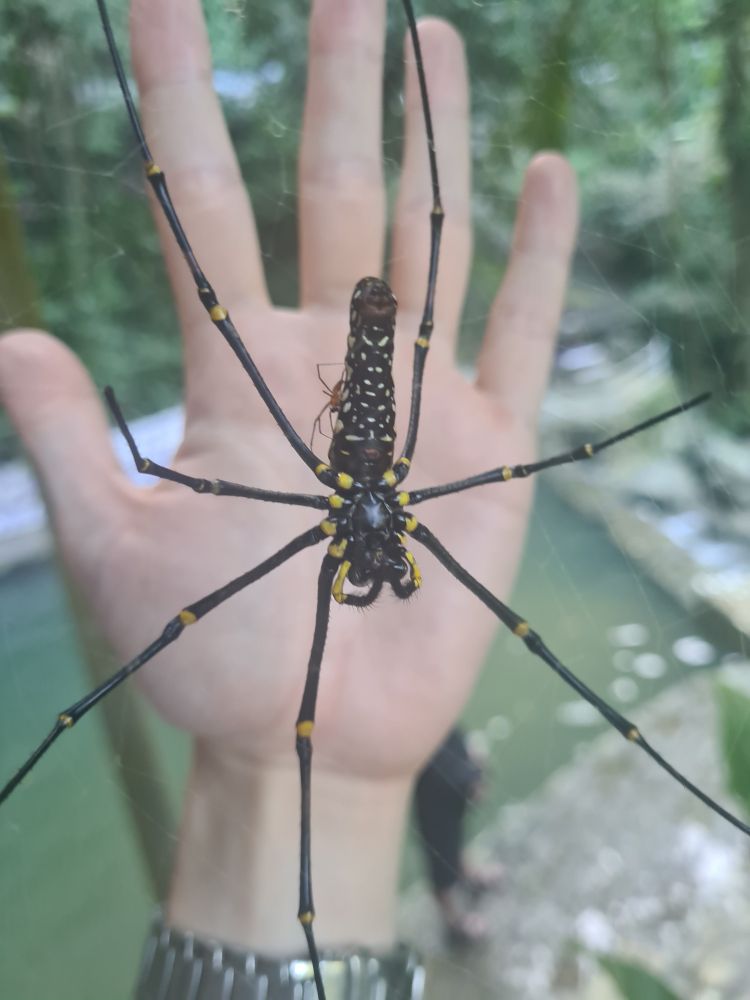
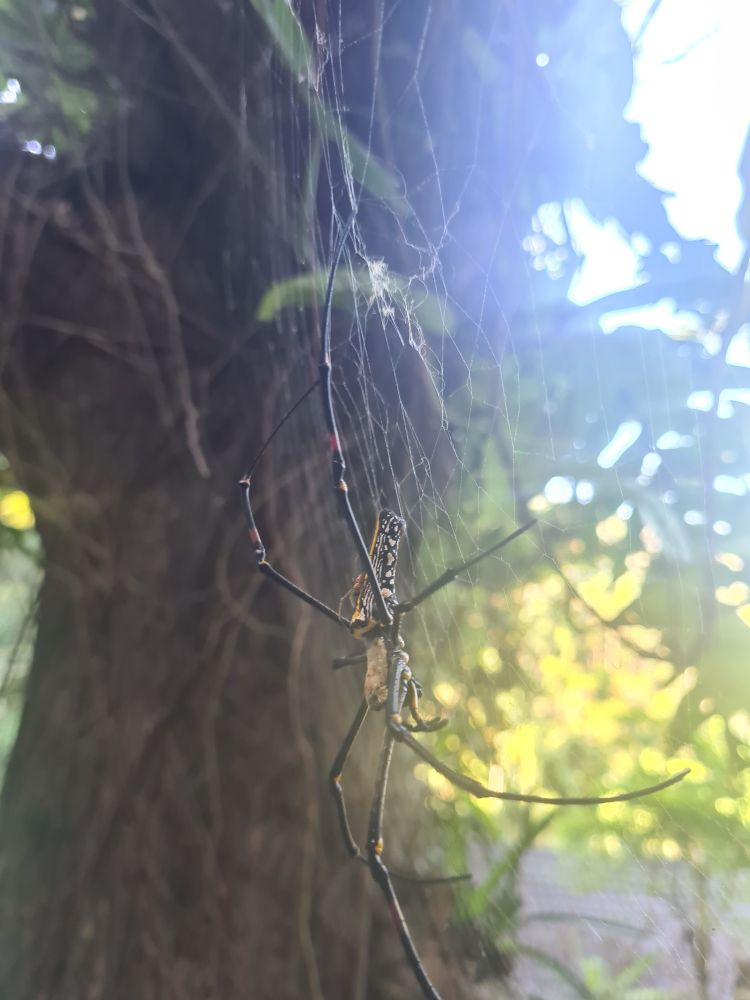
Found in the philippines
Since childhood Ipomoea is one of my favorite plant genus....
So of course seeing one of the few halotolerant Ipomoea species is even more exciting.
Albeit its pretty common on most tropical beaches...
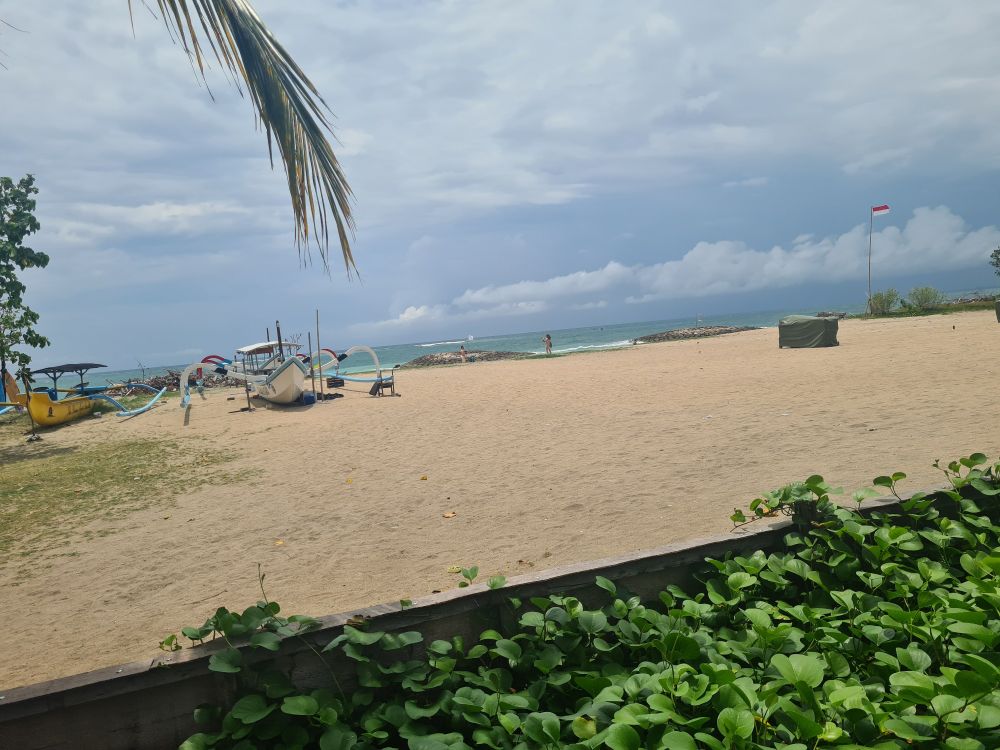
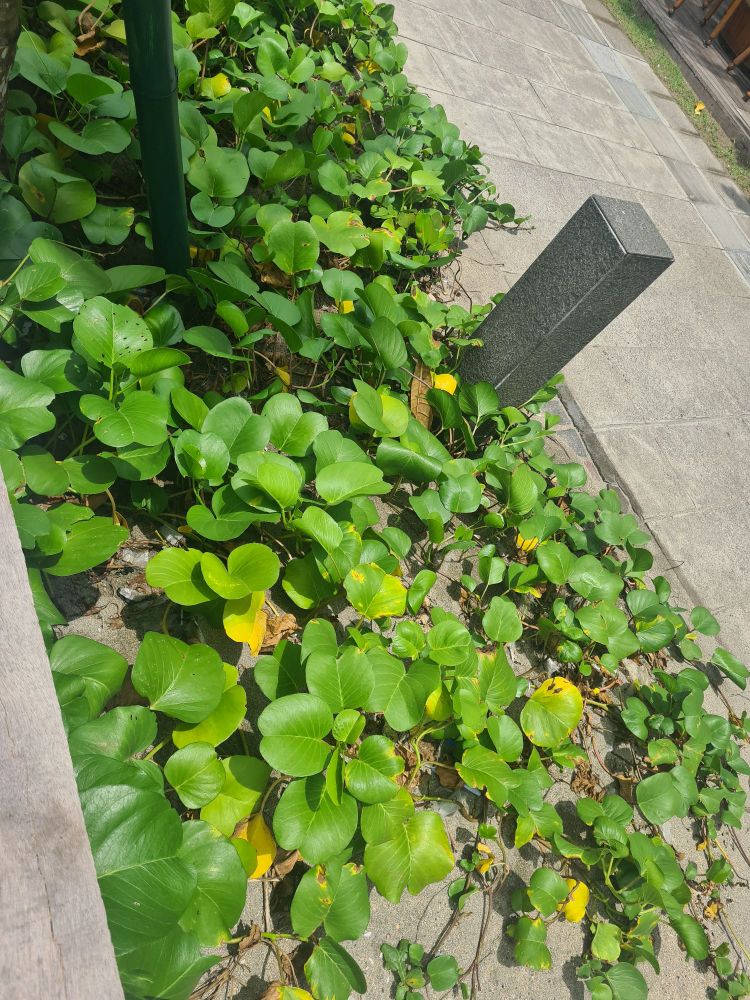
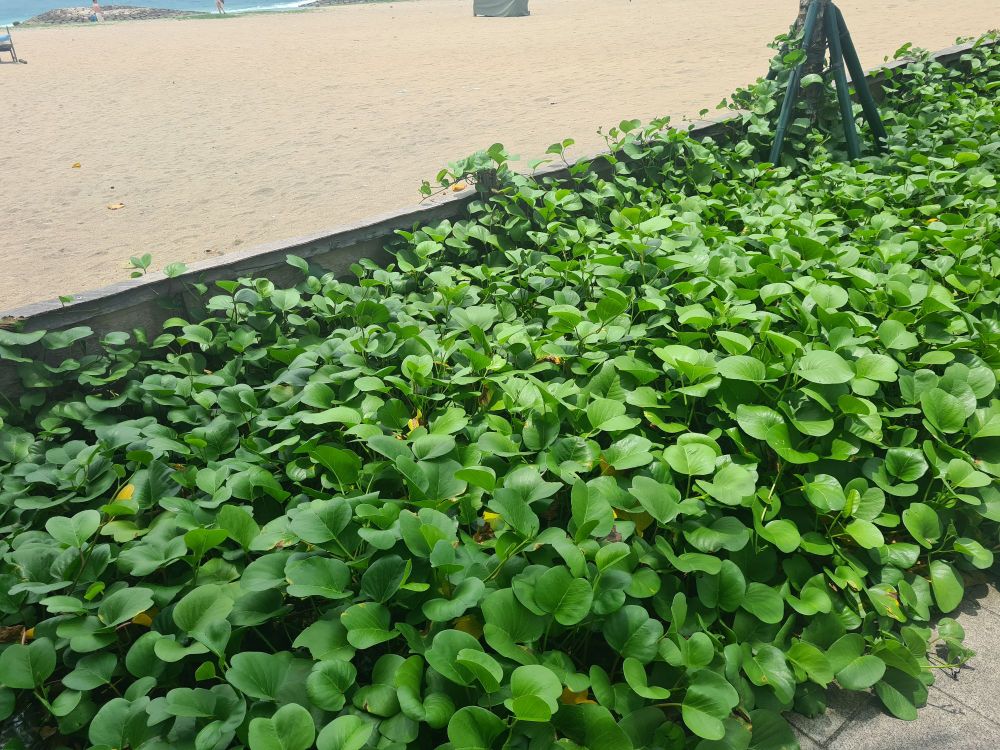
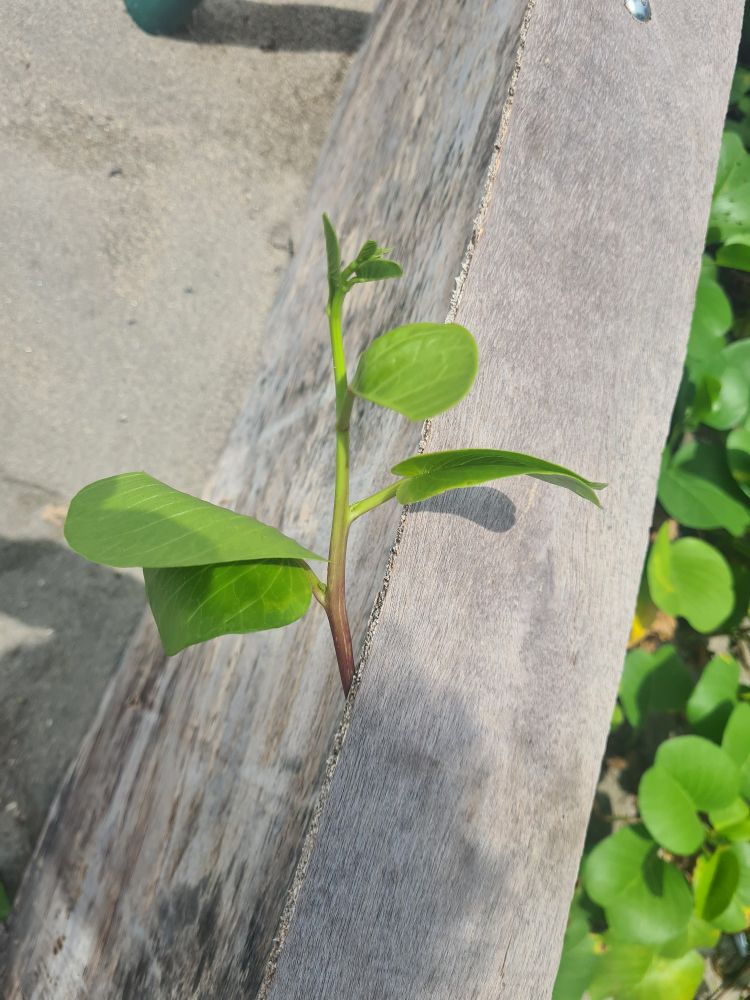
Since childhood Ipomoea is one of my favorite plant genus....
So of course seeing one of the few halotolerant Ipomoea species is even more exciting.
Albeit its pretty common on most tropical beaches...
Many ant species evolved a symbiosis with bacteria to utilize urea and uric acid for amino acid synthesis.
But not sure if it also applies to These Technomyrmex.
Many ant species evolved a symbiosis with bacteria to utilize urea and uric acid for amino acid synthesis.
But not sure if it also applies to These Technomyrmex.
Planted it some years ago.
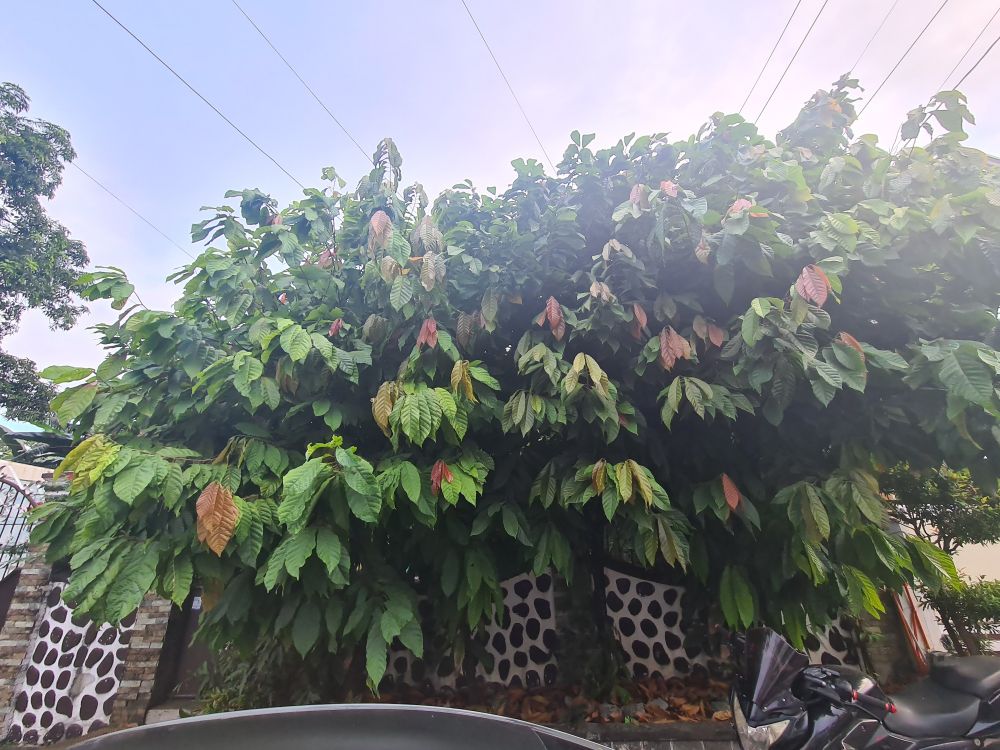
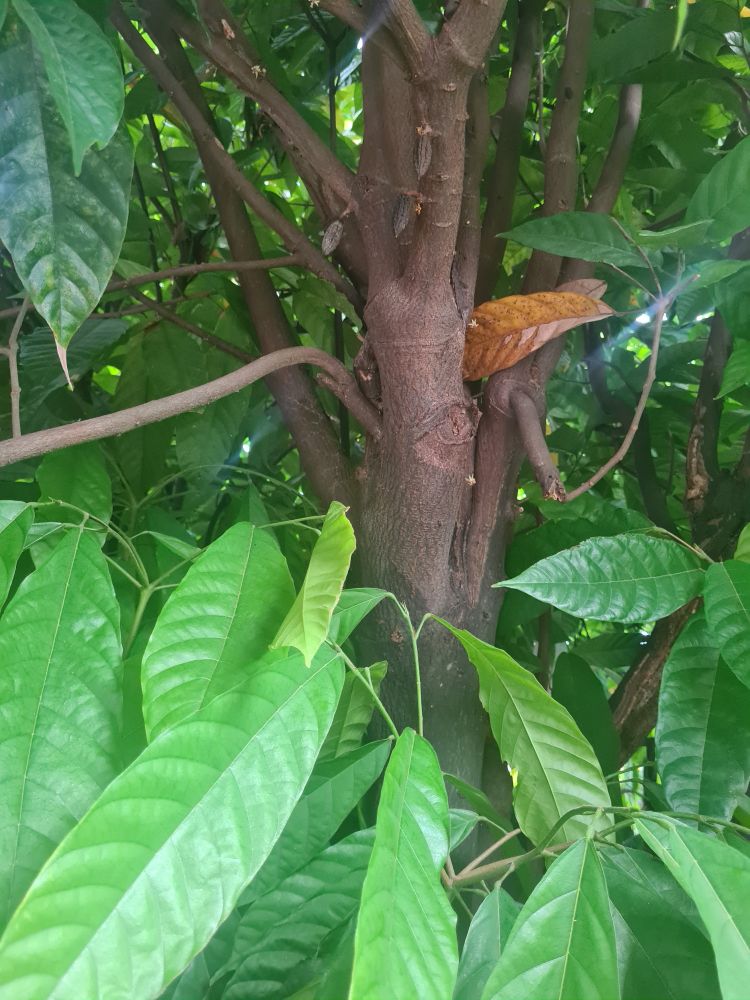
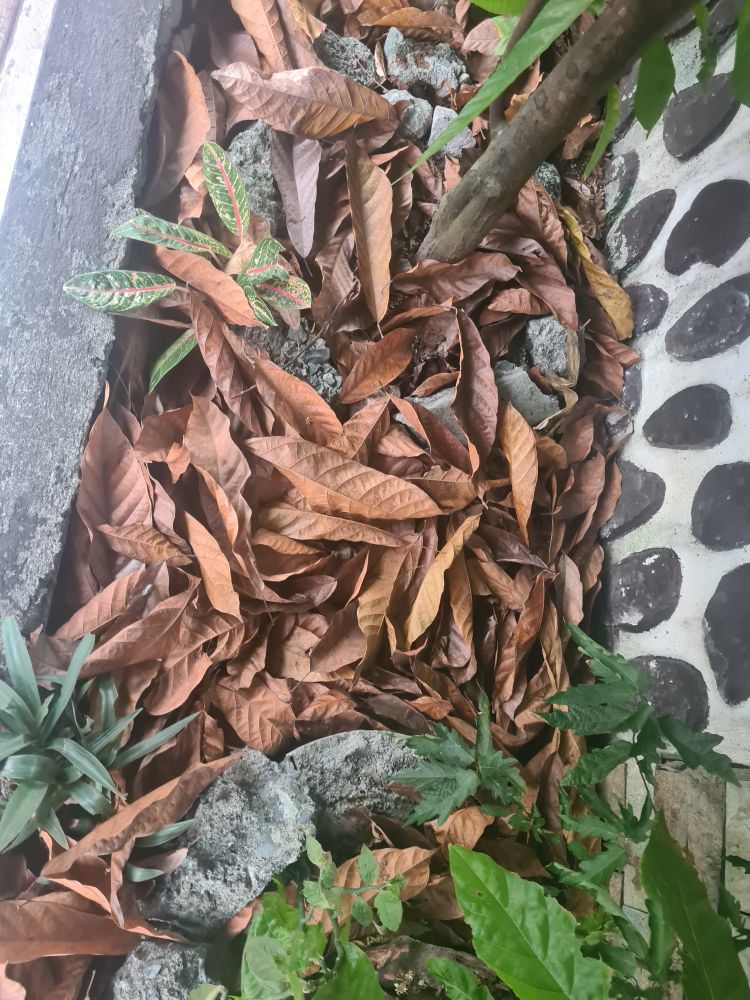
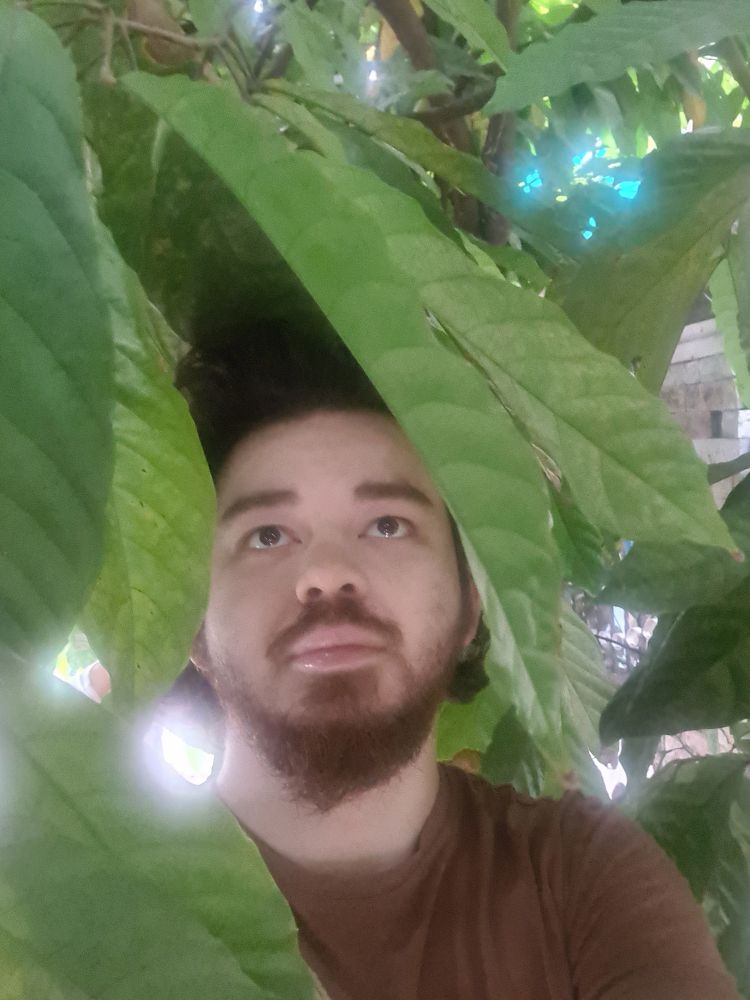
Planted it some years ago.
So many tropical plants 🤩
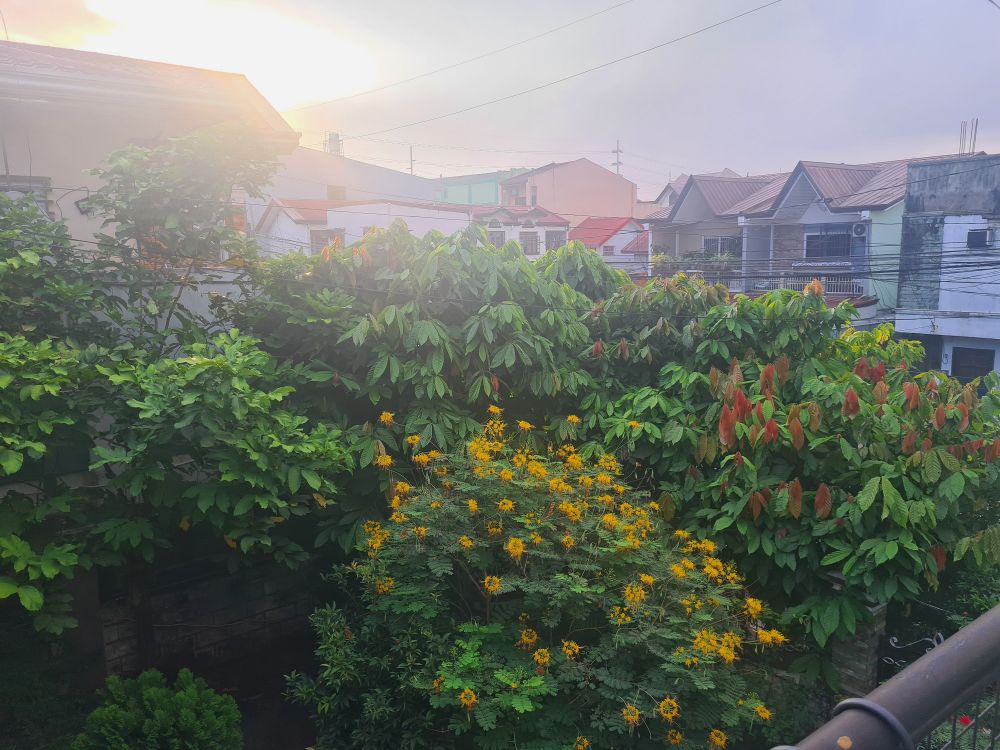

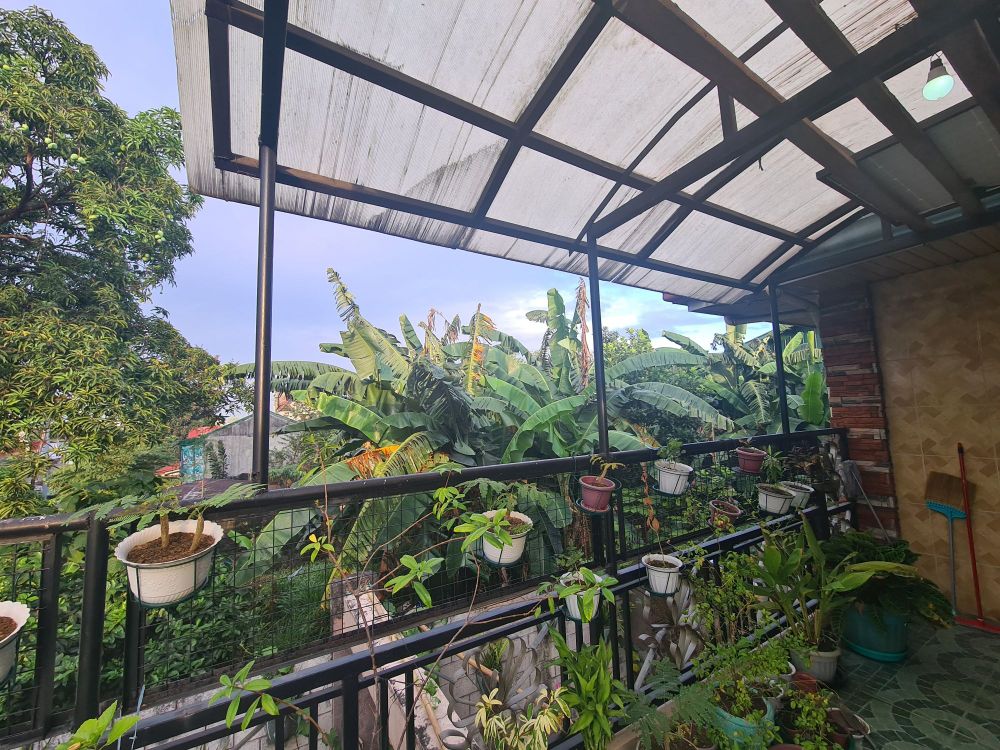

So many tropical plants 🤩
Good fertilizer for the fungus garden.
Good fertilizer for the fungus garden.
Timelapse
Timelapse
In this case a Dolichoderus cf longicollis worker harvesting extrafloral nectar from a newly emerged Ipomoea carnea leaf.
In this case a Dolichoderus cf longicollis worker harvesting extrafloral nectar from a newly emerged Ipomoea carnea leaf.
I always love how the leaves look, with those droplets of extrafloral nectar.
In nature the nectar is not only supposed to attract ants for protection, but also to imitate caterpillar eggs to discurage other butterflies from placing their own eggs on the leaves.
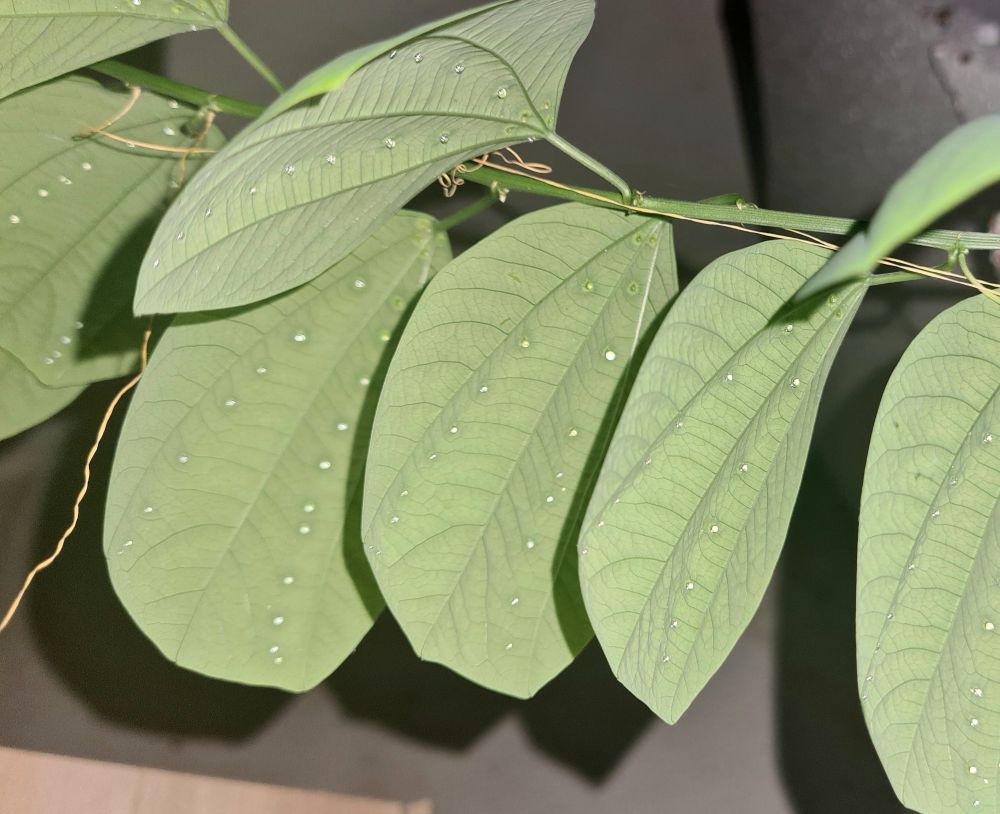
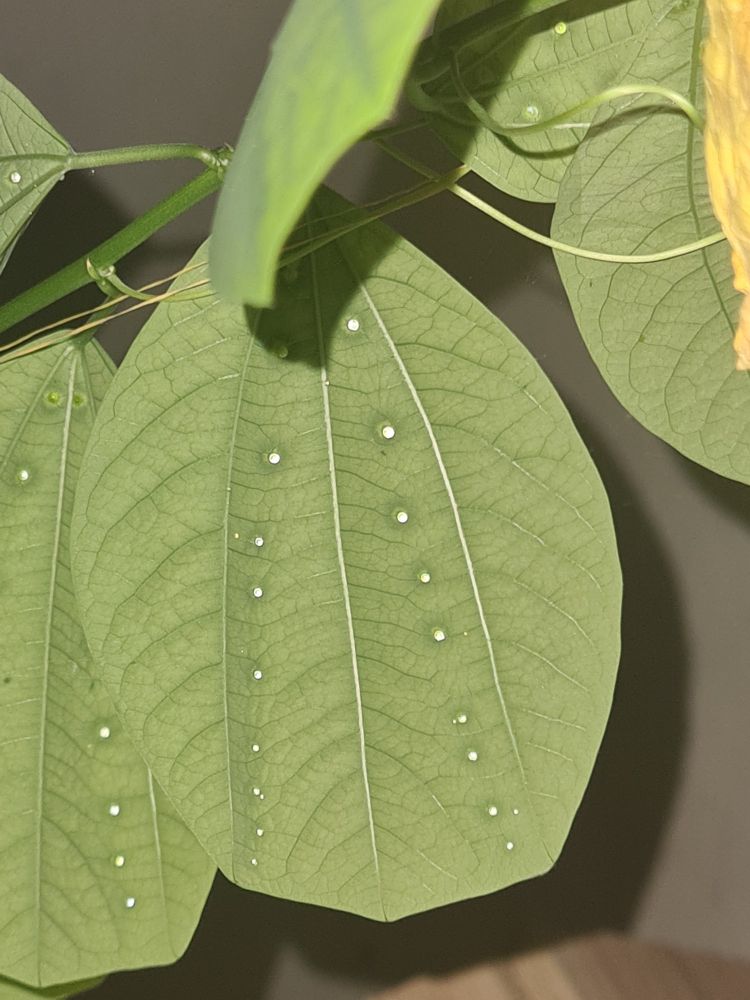

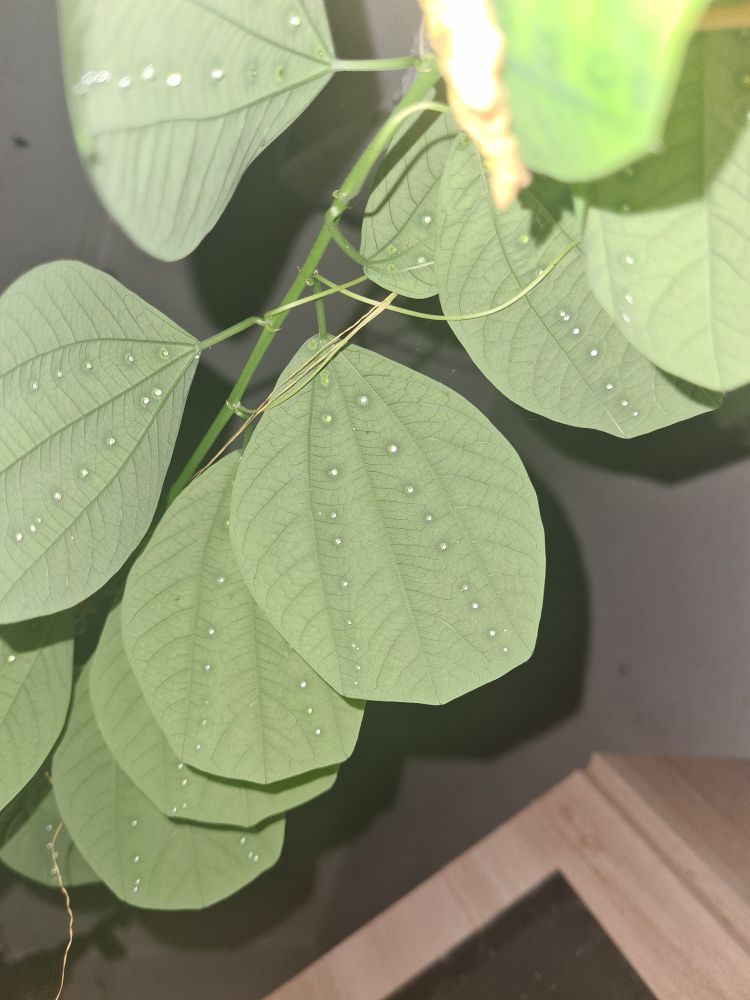
I always love how the leaves look, with those droplets of extrafloral nectar.
In nature the nectar is not only supposed to attract ants for protection, but also to imitate caterpillar eggs to discurage other butterflies from placing their own eggs on the leaves.
